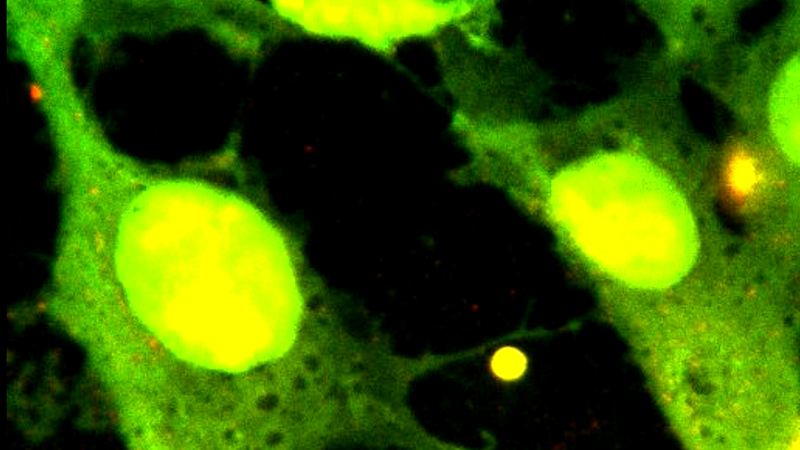Free PDF: Dissecting T Cell Mechanosensing at Molecular and Cellular Scales: The Use of Nano-Force Tools
KEYWORDS: Optical Tweezers; NanoTracker 2; AFM; NanoWizard; OT-AFM; Cell Biology; T Cells; Membrane Tethers; Membrane Pulling; Mechanosensing; Nanoscale Force
T cells have mechanosensory properties that range from their characteristic T cell receptor (TCR) molecule to the whole cell scale. In this app note researchers from Aix Marseille University, France, present several examples that show how AFM, in imaging force mode, is a highly interesting tool when used to characterize the surface which the T cells come in contact with, or the mechanics and forces of the T cells themselves. AFM can also be combined with fluorescence microscopy to characterize, in real-time, some of the intercellular signals that are generated when the proteins present on the cell surface are stimulated. When used in combination with optical tweezers (OT), a detailed characterization of cellular mechanics can be obtained. By varying the shape and size of the indenter over different scales, information on the sub-membrane organization of the cytoskeleton can also be obtained.
When AFM or OT are combined with fluorescence imaging, it could lead to the characterization of the transfer function of the membrane protein system. When AFM is used in combination with fluorescence microscopy, 3D functional structures on the cell surface can be revealed. Finally, combining AFM and OT allows the reproduction of environments more similar to physiological ones, as one can assess the interaction between a T cell and an antigen presenting cell using SCFS, and when a helper T cell is brought into contact, the modulation of the recognition forces can be recorded. Ultimately, the use of nano-force tools is full of promise for the emerging fields of immune-biophysics and immunomechanics.
Readers can expect to learn about:
- The evaluation of TCR recognition on living T cells at the single molecule scale;
- The characterization of substrates for interaction with T cells; and
- The potential of combining AFM, Optical Tweezers and advanced optical microscopy techniques for immuno-biophysics and immunomechanics




